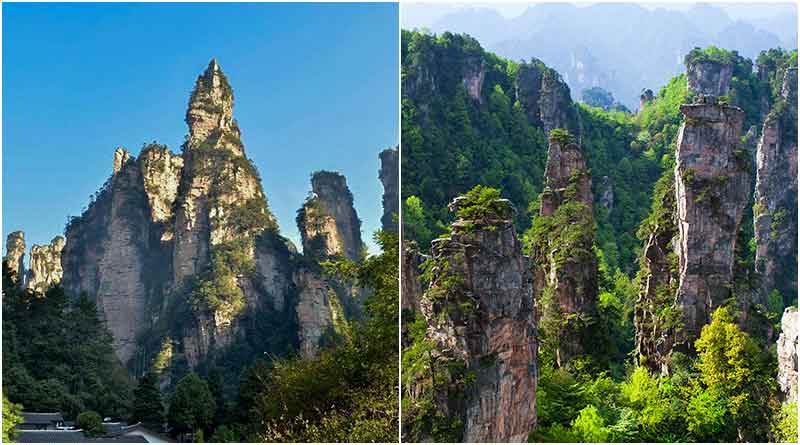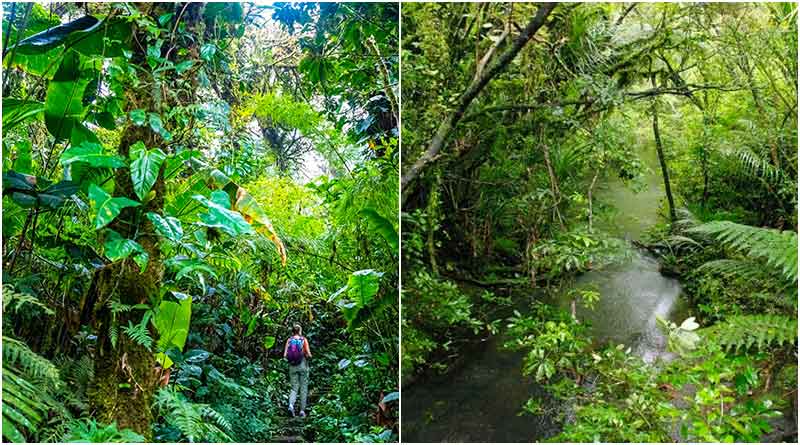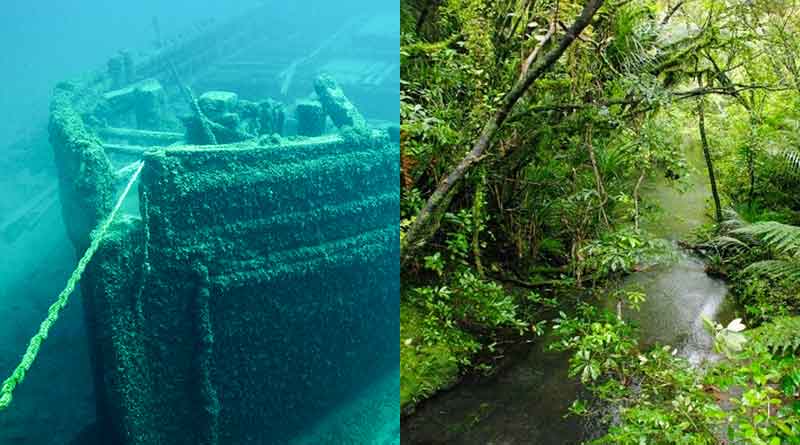4 Incredible Discovery: Hidden Sinkhole Reveals Never-Before-Seen Ecosystem
It’s fascinating how sinkhole can reveal hidden worlds! Here’s a breakdown of some key information regarding sinkhole discoveries, particularly focusing on those revealing unique ecosystems:
-
China’s Karst Regions

Many significant sinkhole discoveries occur in the karst regions of China, particularly in areas like Guangxi. These “tiankeng” (large sinkholes) often harbor ancient, isolated forests. These forests can contain plant and animal species that may be previously unknown to science. The isolation within these sinkholes creates unique microclimates, allowing for the preservation of ancient ecosystems.
-
Discoveries of Unique Ecosystems

Explorations of these sinkholes have revealed thriving ecosystems, with dense vegetation and the potential for undiscovered species. The isolation of these ecosystems makes them valuable for studying evolution and biodiversity.
-
Beyond Land: Underwater Discoveries

It’s not just terrestrial sinkholes; underwater discoveries are also revealing unique ecosystems. For example, discoveries of unique salt formations in the dead sea, are providing information about geological hazards, and also unique under water environment. Recent discoveries of ecosystems existing under the seafloor near hydrothermal vents, are showing that life can exist in places previously thought to be devoid of it.
-
Importance of Sinkhole Research

Studying sinkholes helps scientists understand geological processes, ecosystem development, and the potential for undiscovered life. It also helps in identifying potential hazards, as sinkholes can pose risks to infrastructure and human safety.
In essence, sinkholes act as windows into hidden worlds, offering valuable insights into Earth’s history and biodiversity.
59 total views, 1 views today




